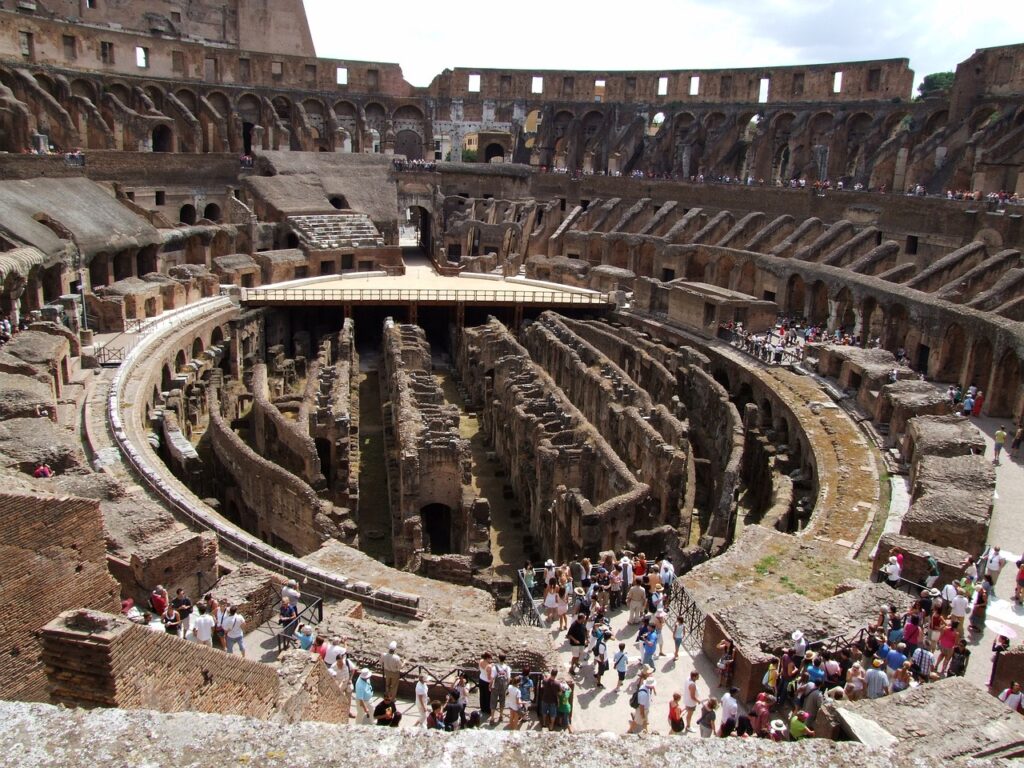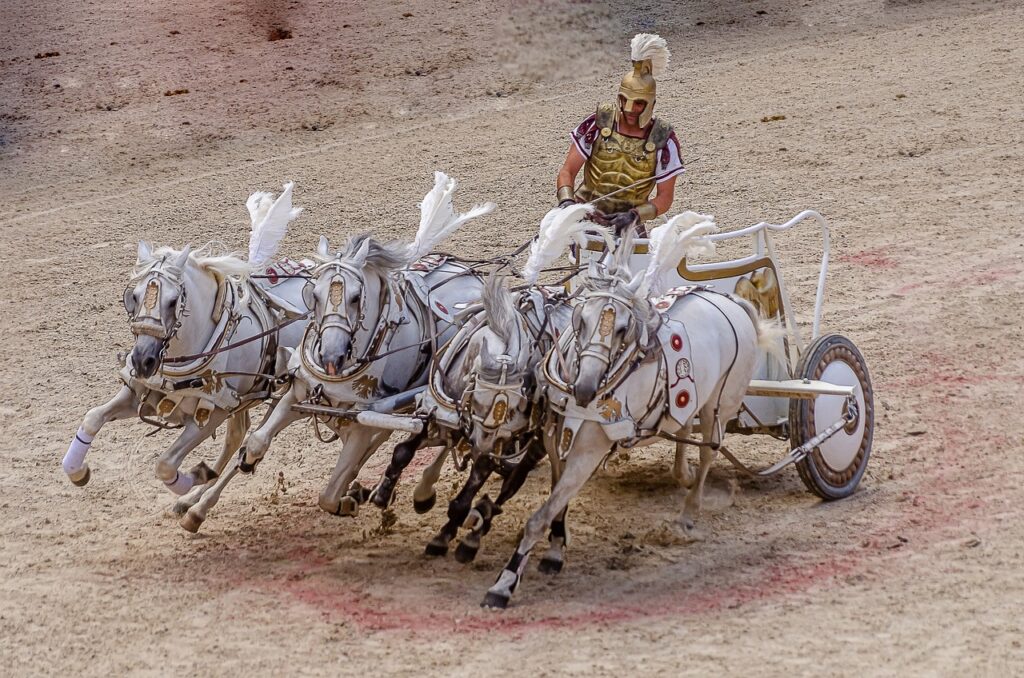Nestled in the heart of Rome, Italy, stands an architectural marvel that has captivated the world for centuries: the Colosseum. Also known as the Flavian Amphitheater, this iconic structure is a testament to the grandeur and ingenuity of ancient Roman civilization. Let’s embark on a journey to uncover the secrets and magnificence of the Colosseum!
Origins and Construction of the Colosseum
The Colosseum, commissioned by Emperor Vespasian of the Flavian dynasty, was built over eight years, from 70 to 80 AD. Constructed using concrete and sand, this mammoth amphitheater could hold up to 50,000 spectators, making it the largest of its kind in the Roman Empire. Its elliptical shape and towering walls stand as a testament to the architectural prowess of the ancient Romans.
Inside the Colosseum

As you step inside the Colosseum, you’ll be transported back in time to the days of gladiator battles and epic contests. The arena, a massive oval space, was the stage for various events, including gladiatorial combats, animal hunts, and even mock naval battles! Spectators from all walks of life filled the seats, with the best views reserved for the elite, including senators and emperors, who sat closest to the action.
Gladiators: Heroes of the Arena
One of the most thrilling aspects of the Colosseum was the gladiator battles. Gladiators, trained fighters often prisoners of war or slaves, battled fiercely in the arena for fame, fortune, and their very lives. Armed with swords, shields, and other weapons, these warriors captivated audiences with their skill and bravery. The roar of the crowd echoed through the Colosseum as gladiators fought for victory and survival.

Wild Beast Hunts
In addition to gladiator battles, the Colosseum hosted elaborate hunts known as venationes. Exotic animals from across the Roman Empire, including lions, tigers, and bears, were brought to the arena to face off against skilled hunters. These thrilling spectacles showcased the might and dominance of the Roman Empire while providing entertainment for the masses.
The Colosseum: A Symbol of Roman Engineering and Innovation
Beyond its role as a venue for entertainment, the Colosseum stands as a testament to Roman engineering and innovation. Its groundbreaking design, featuring a complex system of arches, vaults, and columns, has inspired architects and engineers for centuries. Despite centuries of wear and tear, the Colosseum remains an enduring symbol of the power and grandeur of ancient Rome.
Legacy
Today, the Colosseum continues to draw visitors from around the globe, eager to experience its rich history and architectural splendor. Conservation efforts have been underway for decades to preserve this iconic landmark for future generations. Through careful restoration and maintenance, the Colosseum stands as a living testament to the enduring legacy of the Roman Empire.